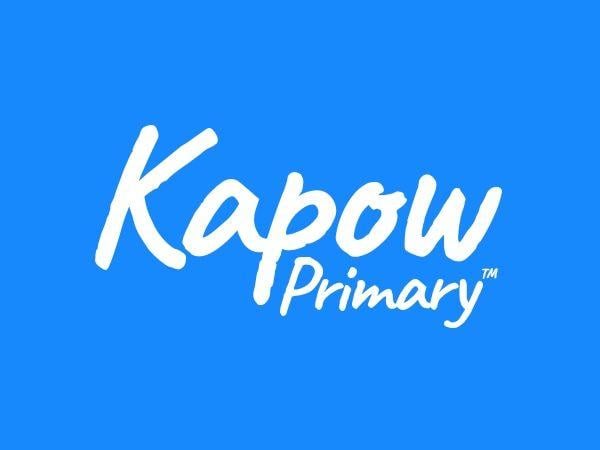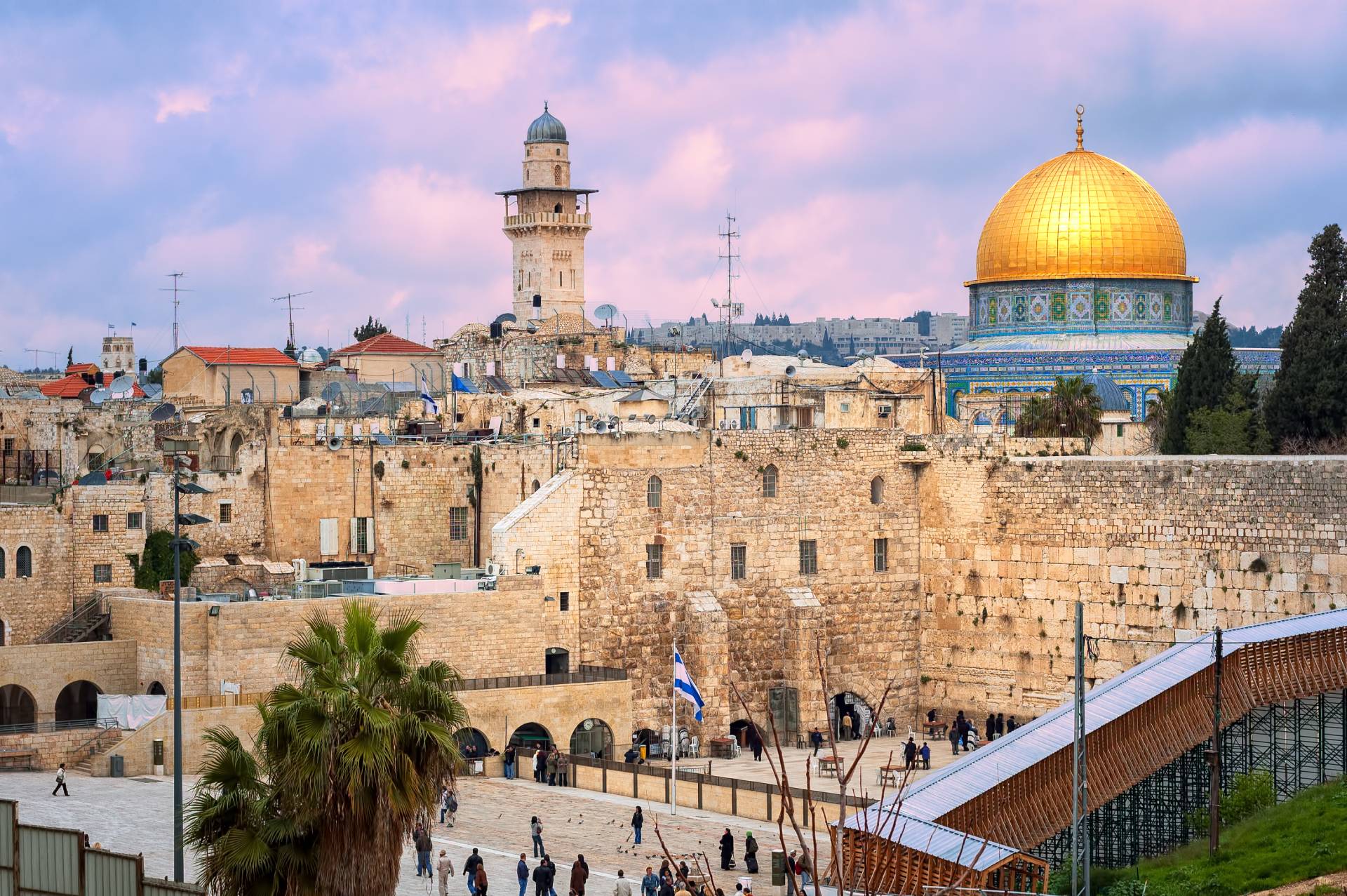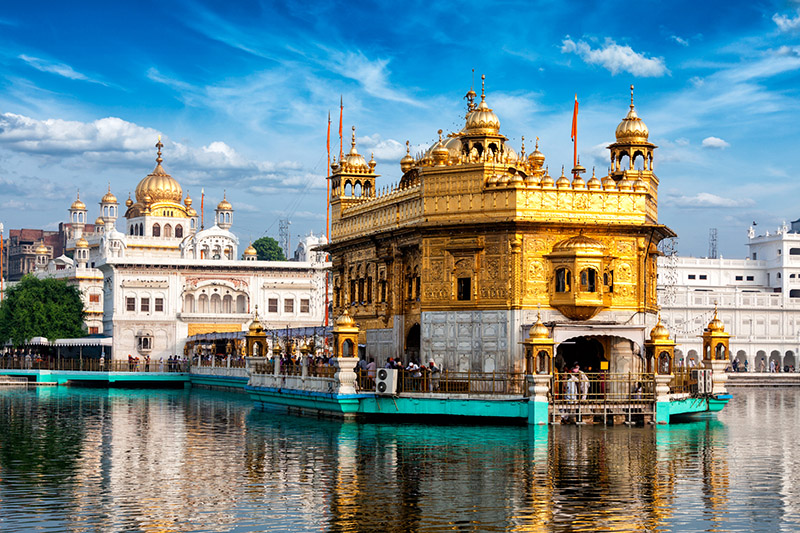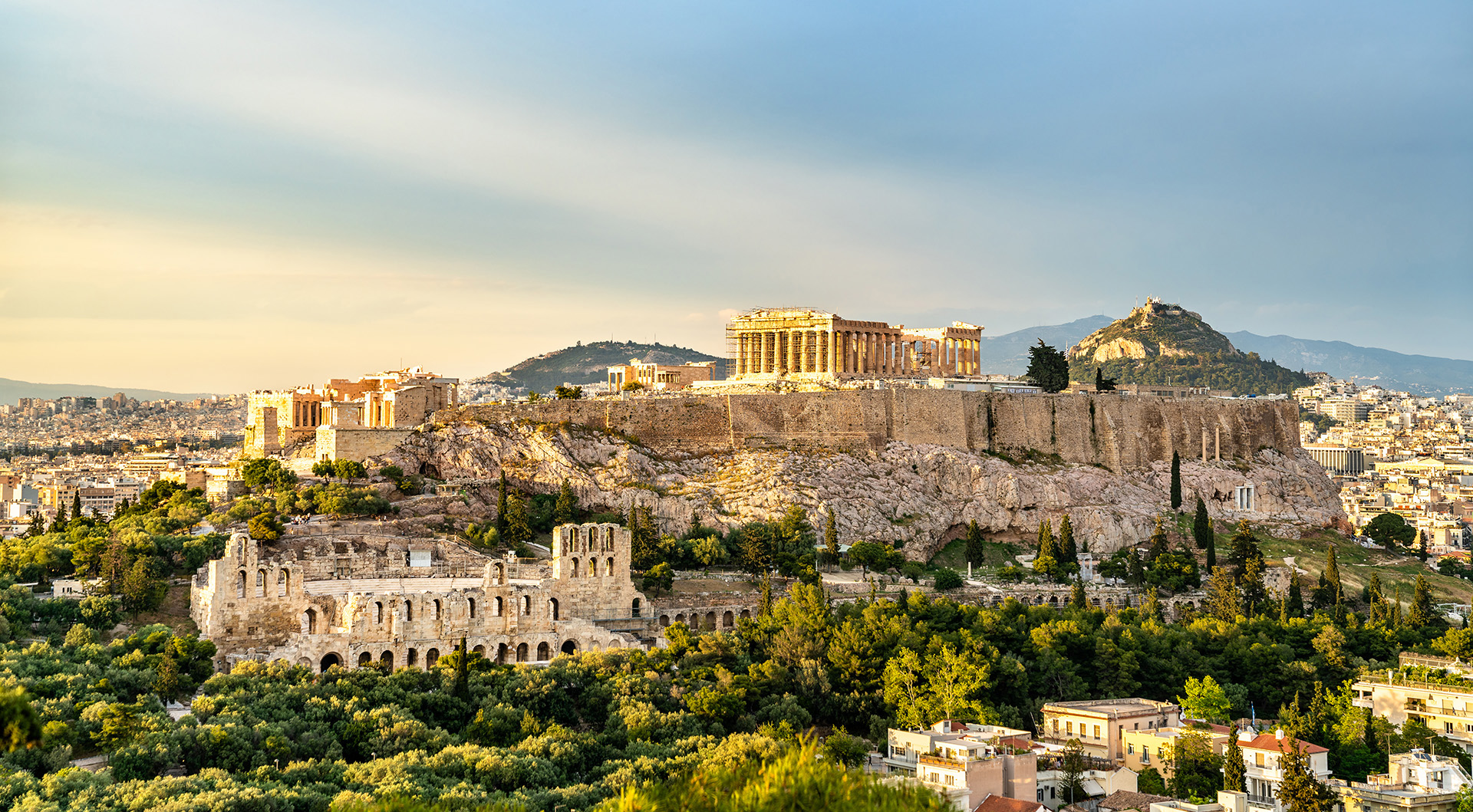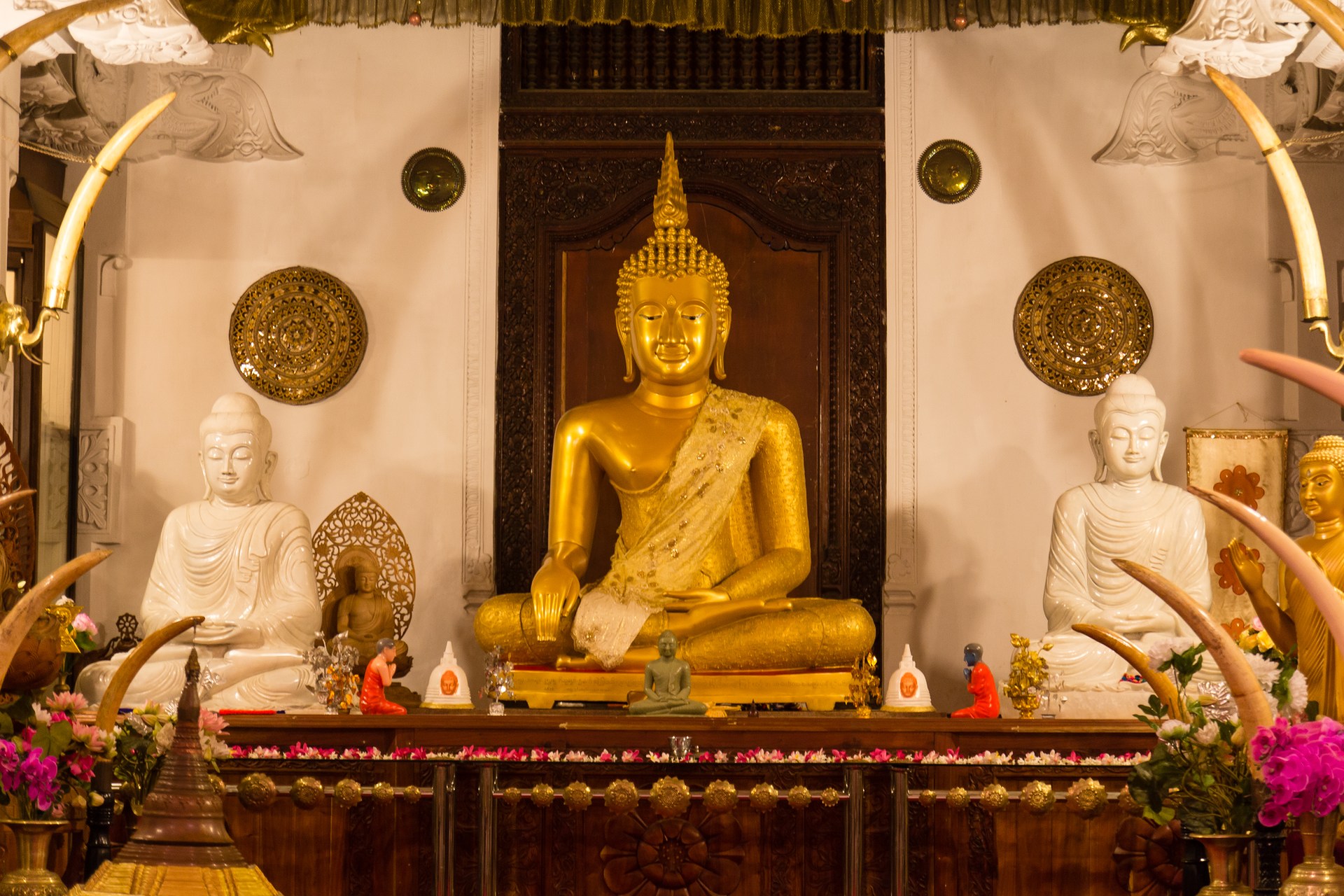Learning objective
- To find out about beliefs by investigating relics.
Success criteria
- I can consider what makes a relic significant.
- I
This content is for subscribers only. Join for access today.
Religious Education Council Curriculum Framework for RE in England (non-statutory guidance):
- A1: Describe and make connections
This content is for subscribers only. Join for access today.
Cross-curricular links
English
Spoken language
Pupils should
This content is for subscribers only. Join for access today.
Before the lesson
This content is for subscribers only. Join for access today.
Lesson plan
Recap and recall
Share the Presentation: Tell me more, and in pairs, ask the children to think of ways to expand the sentence shown.
This content is for subscribers only. Join for access today.
Extended-mode explainer videos
How to extend your display to view the lesson page and preseantion mode simultaneously. Choose your operating system below to watch the video
If you need further support with extending your display,
please contact [email protected].
Extended-mode explainer video: For Mac
Extended-mode explainer video: For Windows
Adaptive teaching
Pupils needing extra support
Could read about the Hajar al-Aswad (The Black Stone), which contains more accessible text than the other relic sheets; could use the Resource: Relics or places? with a list of suggested reasons why each is significant to support their choices in the Wrapping up.
Pupils working at greater depth
Should respectfully question replicas and their significance in relation to authentic relics; should begin to explore the authenticity of relics and the stories behind them, considering beliefs about the stories behind relics.
This content is for subscribers only. Join for access today.
Assessing progress and understanding
Pupils with secure understanding indicated by: explaining the significance of
This content is for subscribers only. Join for access today.
Vocabulary definitions
-
artefact
An object made by a person that we can learn from.
-
authentic
Genuine, original and true; not a copy or replica.
This content is for subscribers only. Join for access today.
In this unit
Assessment - Y5/6 (B): Why are some places significant to believers?
Y5/6 (B): Lesson 1: What can make a place significant?
Y5/6 (B): Lesson 2: How can religious events make a place significant?
Y5/6 (B): Lesson 3: What makes the Harmandir Sahib significant to many Sikhs?
Y5/6 (B): Lesson 4: How can a river be a goddess?
Y5/6 (B): Lesson 5: Can relics make a place significant?
Y5/6 (B): Lesson 6: Who can visit significant places?

